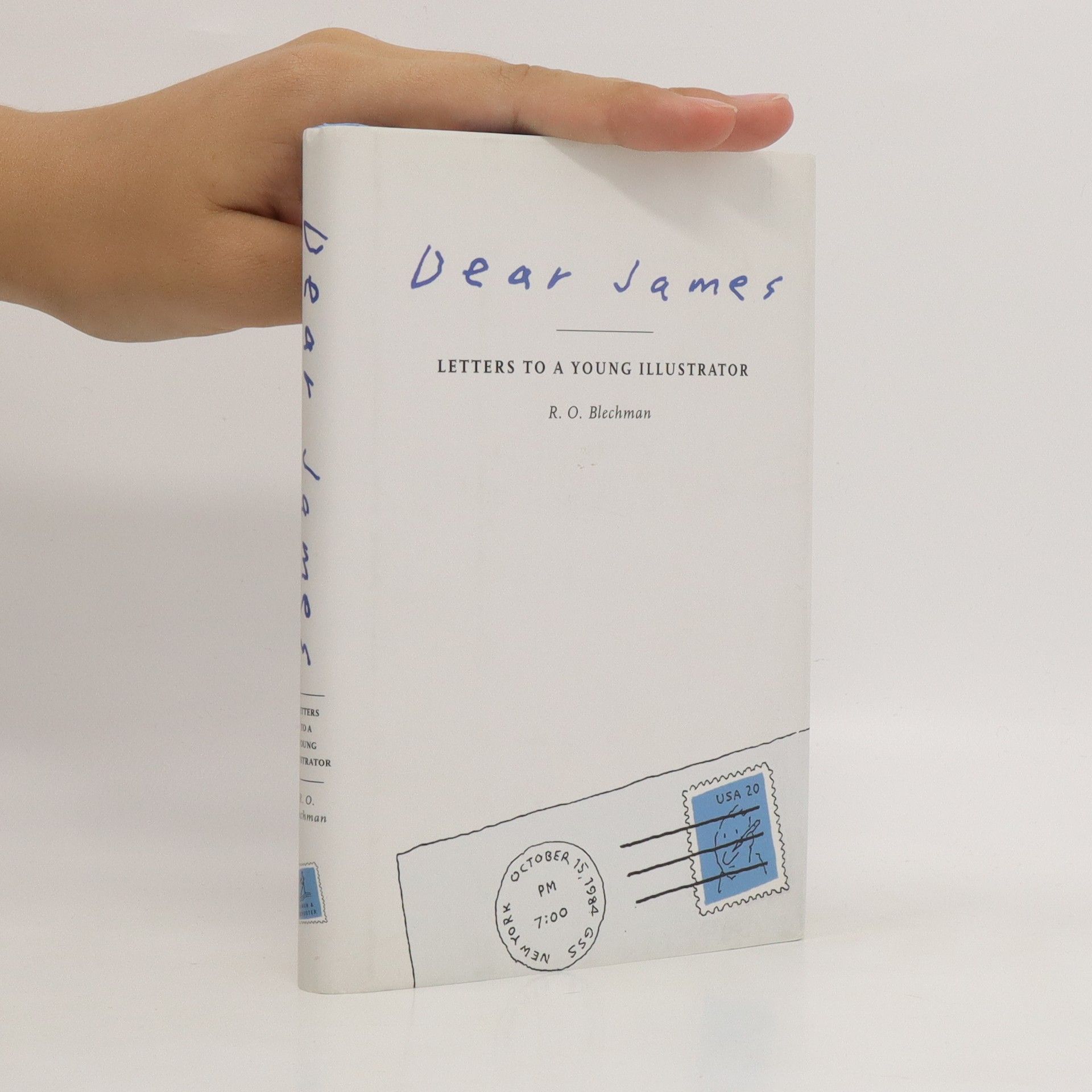Dear James. Letters to a Young Illustrator
- 160 stránek
- 6 hodin čtení
RENOWNED ARTIST R. O. BLECHMAN'S illustrations are instantly recognizable. For more than fifty years, his work has appeared on the covers of The New Yorker , run alongside op-eds in The New York Times , graced the pages of Harper's Bazaar , and, more recently, been featured on The Huffington Post , providing unspoken commentary on the world at large. In Dear James , Blechman has compiled all the wisdom he has accumulated over the course of his esteemed career into a series of poignant yet instructive letters written to an imagined young illustrator, "James." The result is a wise and mesmerizing meditation on creativity. Flush with wit and candor, Blechman's correspondence delves into his own trash can of false starts and failed beginnings, in addition to his artistic triumphs, to offer James both encouragement and criticism. He urges him to reach his potential as an artist, advising him on practical aspects -- proper technique, choice of work environments, dealing with editors -- and along the way provides invaluable insights on art, and life, that lay bare the challenges James will face as he aims to be successful in this demanding field. In the tradition of Rilke's Letters to a Young Poet , Dear James is an indispensable tool for any up-and-coming creative person looking for advice and inspiration, as well as a memorable read for those daring enough to chase their dreams.

